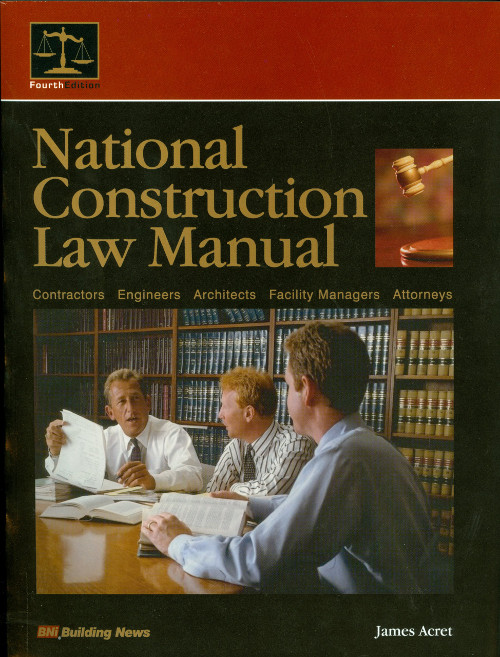Construction employers need to stay focused on training and anti-discrimination basics in order to prevent racism or sexual harassment among staff members that could lead to an Equal Employment Opportunity Commission complaint.
That is the advice of the Seyfarth law firm, which mainly represents employers and each year analyzes EEOC complaints and the policy priorities of the commission.
"Employers in the construction sector should anticipate increased scrutiny from the EEOC in the coming years, especially because of the Infrastructure Investment and Jobs Act, a $1.2 trillion initiative signed into law by President Joe Biden at the end of 2021," a team of Seyfarth attorneys wrote in a September 16 blog post.
Recent settlements gained by the EEOC against a plumbing and mechanical contractor and another against an asphalt paving contractor, illustrate the seriousness of EEOC's construction focus.
"With substantial federal funding allocated for upgrading highways, roads, bridges, and other transit systems, the EEOC will be monitoring how this infrastructure money is spent and whether employers receiving these funds are operating in full compliance with discrimination laws," the Seyfarth attorneys wrote.
Proactive workforce audits to detect disparities in the staff, anti-discrimination training for staff and front line managers and updated anti-discrimination policies will help minimize legal risks and safeguard employees, they wrote.
In the law firm's annual review of EEOC cases, lawsuits against employer in fiscal 2024 were down significantly.
The commission filed only 96 merit lawsuits in fiscal 2024 (meaning, the charges are resolved usually in EEOC's favor without a civil court trial), down from 114 the year before. In addition to enforcing anti-discrimination and sexual harassment law, EEOC also covers compliance with federal laws requiring access for employees with disabilities and the Equal Pay Act. In fiscal 2024, 42 were disabilities-related lawsuits, Seyfarth found.
And for the first time in many years, Seyfarth found, EEOC used its lawsuits to enforce its data collection rules for employers involving the EEO-1 reports.






